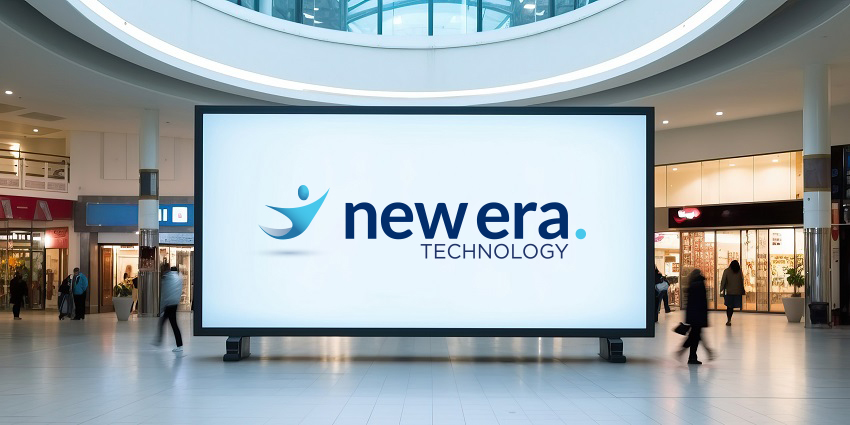Since the pandemic, there has been a significant increase in utilisation of digital signage as sectors from governments to healthcare and education to corporate enterprises, and retailers have adopted the technology to enable contactless dissemination of information. Hybrid working has increased the need for digital signage-enabled services such as wayfinding to meeting rooms or desk hoteling in offices and the integration of signage into mobile apps, room scheduling panels, and desk reservation systems. Use cases such as visitor and space management tools, KPI dashboards, and video walls are seeing a spike in adoption as people choose new ways of working and managing their daily lives.
“Organisations are using digital signage to enhance user experiences and provide content-driven journeys, such as with large-scale video walls, to set the ambience of a space and allow for active engagement with an audience,” says Mitch Greene, a digital signage solutions engineer at New Era Technology.
“The hybrid user experience can be radically improved with digital signage systems that can reach employees where they are with mobile app messaging, desktop messaging and Teams integration. Desk hotelling and room scheduling can be simplified and made more attractive. Digital signage platforms that can provide these features can be a great way for colleagues to notify each other if they are in-office or working from home, for example.”
Use cases for digital signage expand
Greene is seeing uptake of digital signage extending far beyond hybrid working applications. In colleges and universities, digital signage can be used to help freshmen or visitors find their way across a campus or to highlight alumni or donors. In transportation, digital signage can help commuters ensure they are on time with signs that are tied into backend systems showing the latest expected arrival times for buses and trains. These screens can also be a monetization opportunity with advertising. For retailers, digital signage provides an opportunity to enhance their physical stores and enable interactive experiences.
“McDonalds has already made this standard,” says Greene. “You’re no longer ordering through a cashier, you’re ordering through an interactive menu board, and we see this as the future for all retailers. Digital signage can provide a catalogue that shows what is in stock, what sizes are available and, with a camera added, could potentially provide an image of how the item might look on you without you having to try it on.”
Continuous updating for maximum impact
Digital signage, however, is not a one-time deploy and forget project. It needs to be continuously updated and managed. “There’s a danger that the experience becomes stale if it does not evolve. Updating content so it’s new and fresh is one of the most challenging aspects of digital signage deployments,” explains Greene.
“Most IT departments would rather not spend their limited bandwidth on managing digital signage screens, monitoring endpoints for errors, and ensuring uptime. The answer is to bring in a managed service provider who can proactively solve these issues.”
“Ideally, this provider should also be able to handle content creation, production and management in conjunction with the client’s marketing and human resources departments so they can get the most out of their investment,” he adds. “New Era Technology partners with our preferred digital signage software vendors and trusted graphic design firms to deliver content for ‘Day 1’ and beyond for our customers. That allows us to design, supply, install, and manage the hardware and software that showcases your dream content and provides rich, fresh experiences to your employees, visitors and customers.”
For more information, visit New Era Technology.







